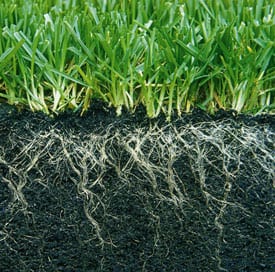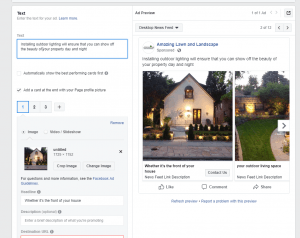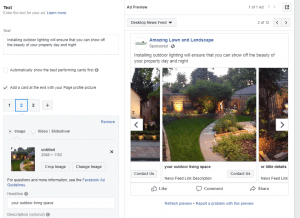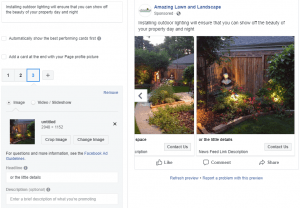Verticutting is a lawn care technique that involves cutting into and removing thatch – a layer of dead grass and roots that develops between the grass and the soil.
Why is thatch bad for your lawn?
Some thatch is necessary as it can help reduce the risk of the grass becoming compacted in high-traffic areas. However, when the thatch becomes too thick, it can start to absorb the air, nutrients, and moisture that your lawn needs to be healthy. It also inhibits the roots from expanding deep into the soil and establishing a solid foundation. 
What’s worse is that thatch can become the home of various insects and disease, which is not something you want yourself or your family exposed to.
Why is verticutting such an important part of your lawn care routine?
Including verticutting in your lawn maintenance will help by cutting into thatch and bringing it to the surface to be removed from your lawn. The best time to verticut is just before the growing season – in the late winter or early spring – and followed by distribution of new grass seed.
The result is healthy grass with a strong root system to protect against drought, insects, and many other harmful factors.

Status updates for the various social media platforms:
Facebook: “Why is verticutting such an important part of your lawn care routine?”
Twitter: “Verticutting can protect your lawn from drought, insects, and disease.”
LinkedIn: “Verticutting is an important step to take to ensure a healthy lawn.”







